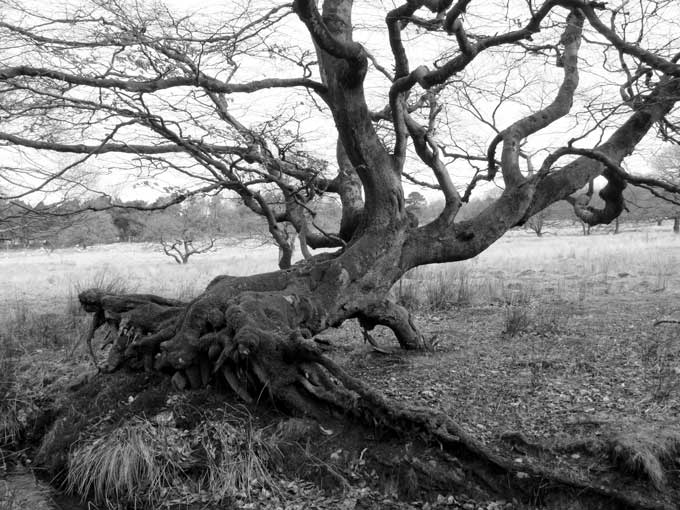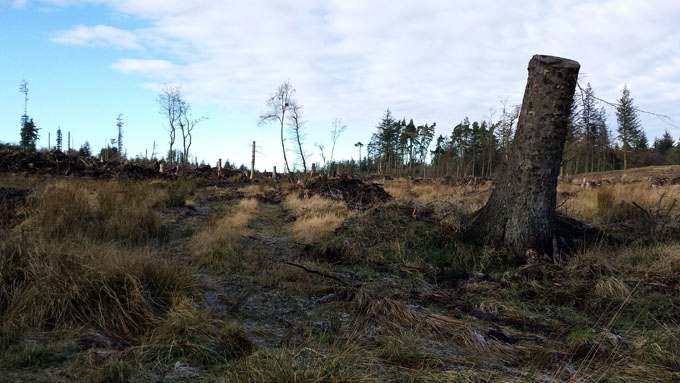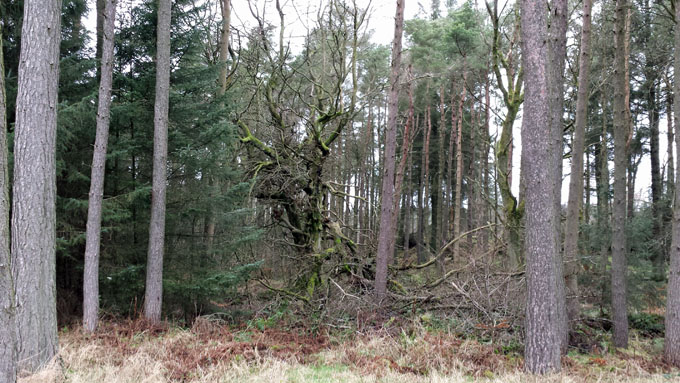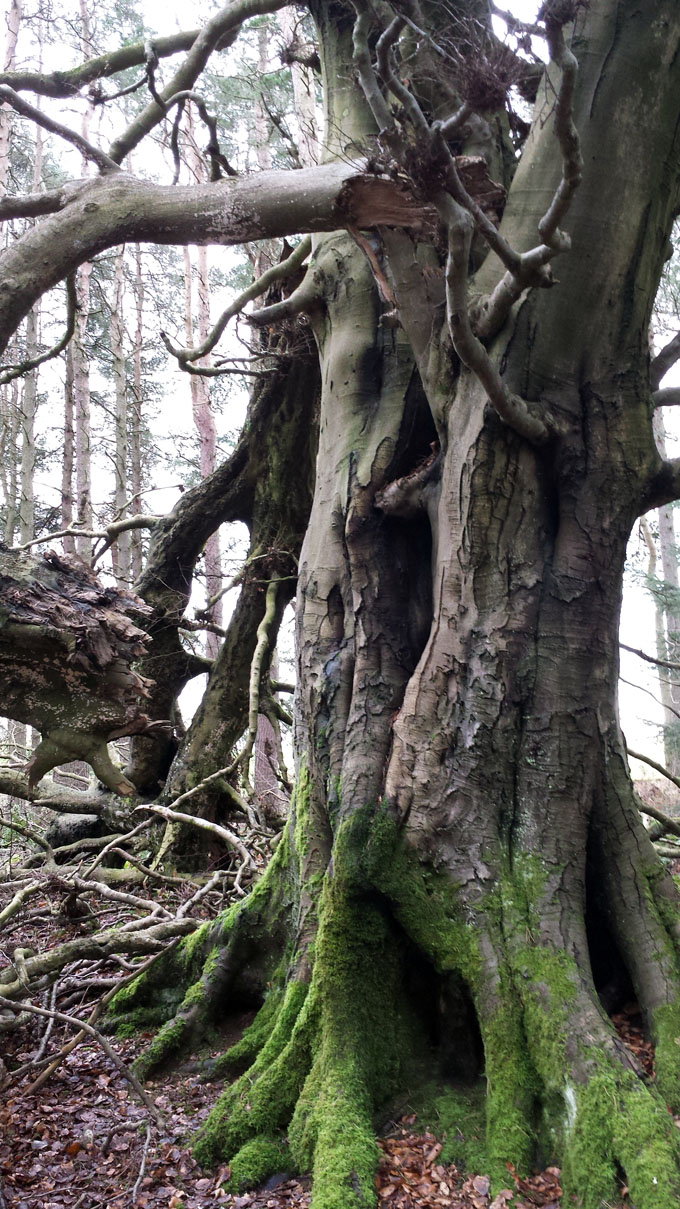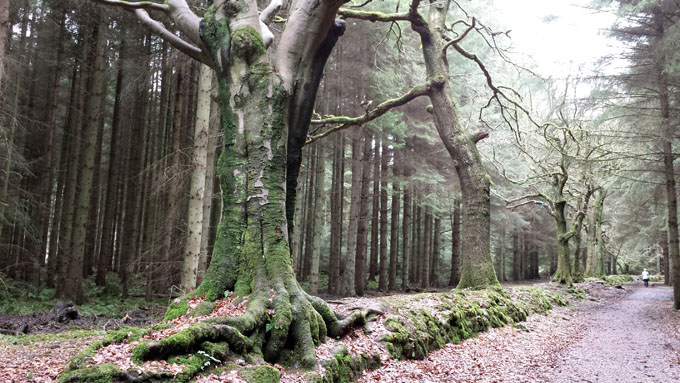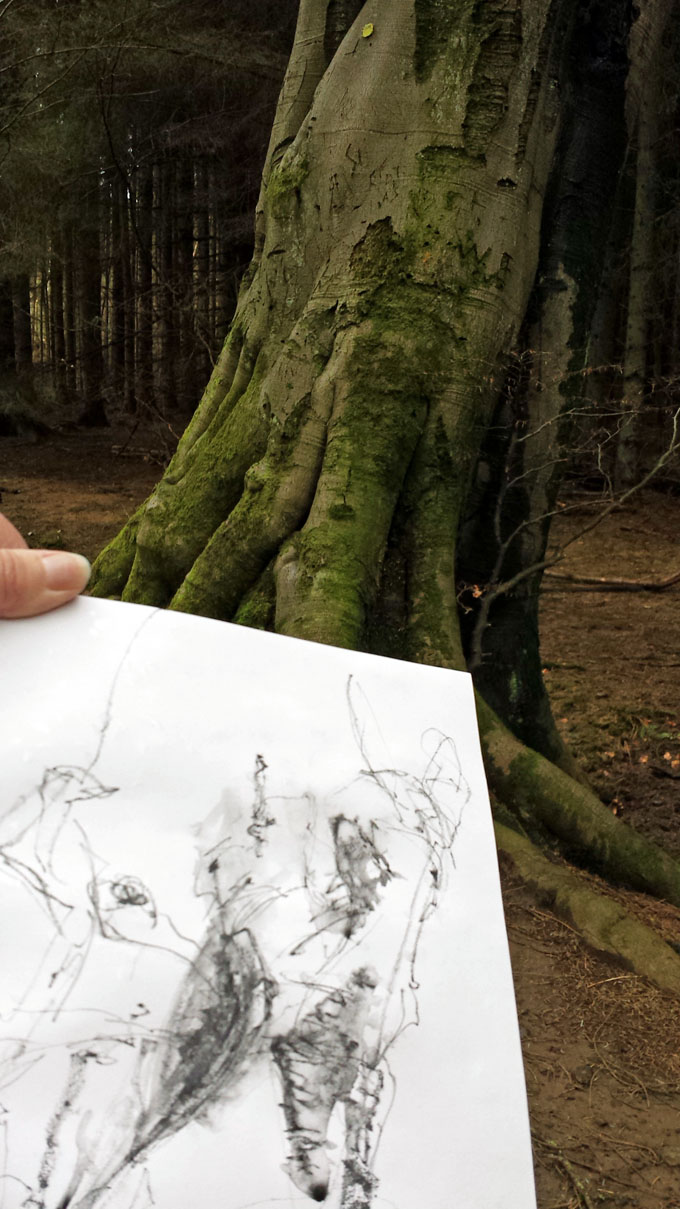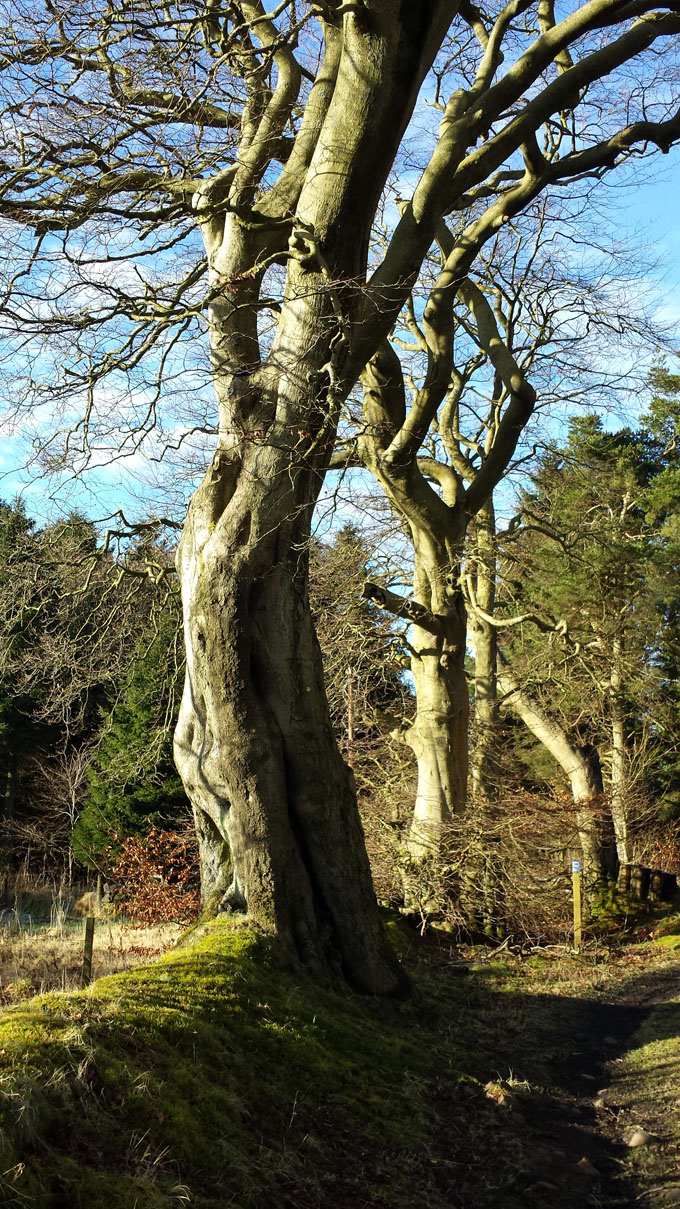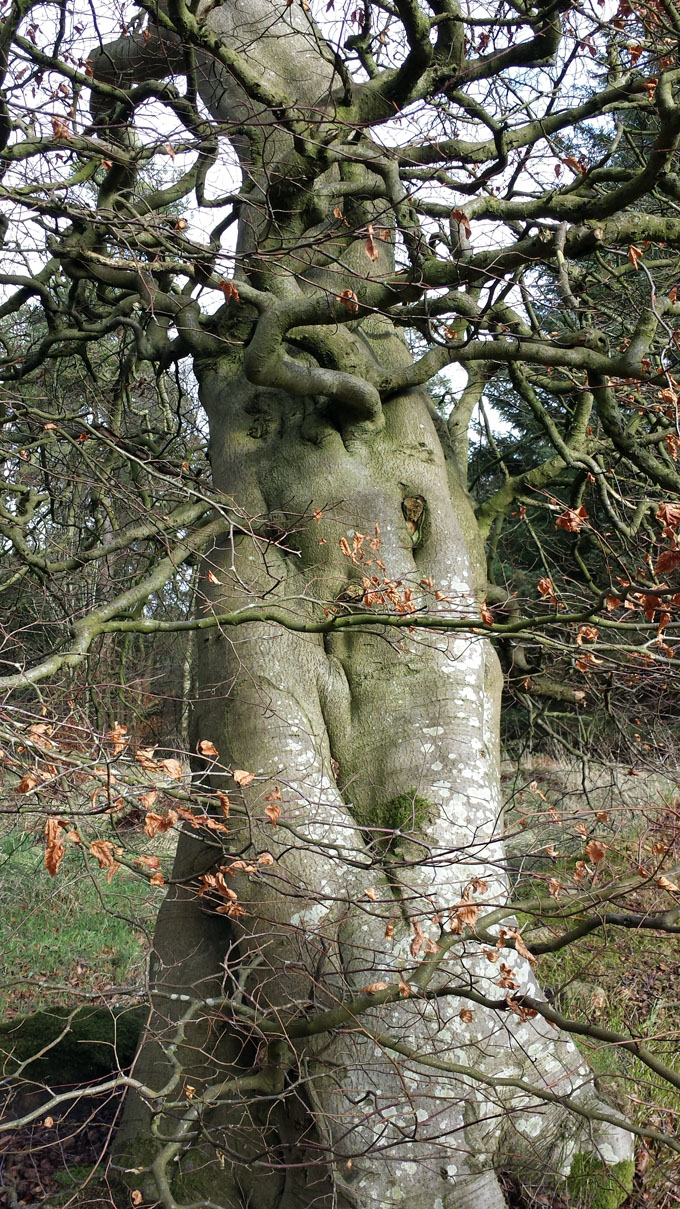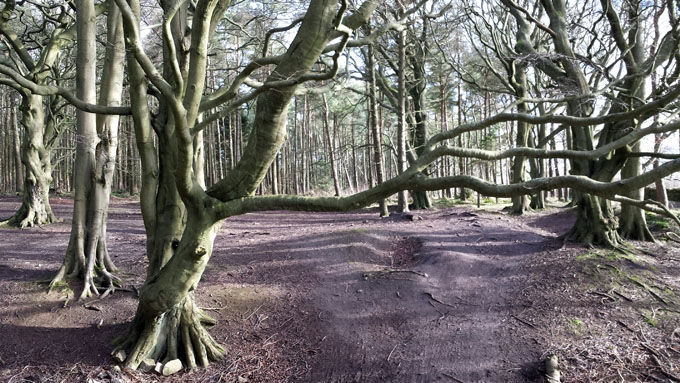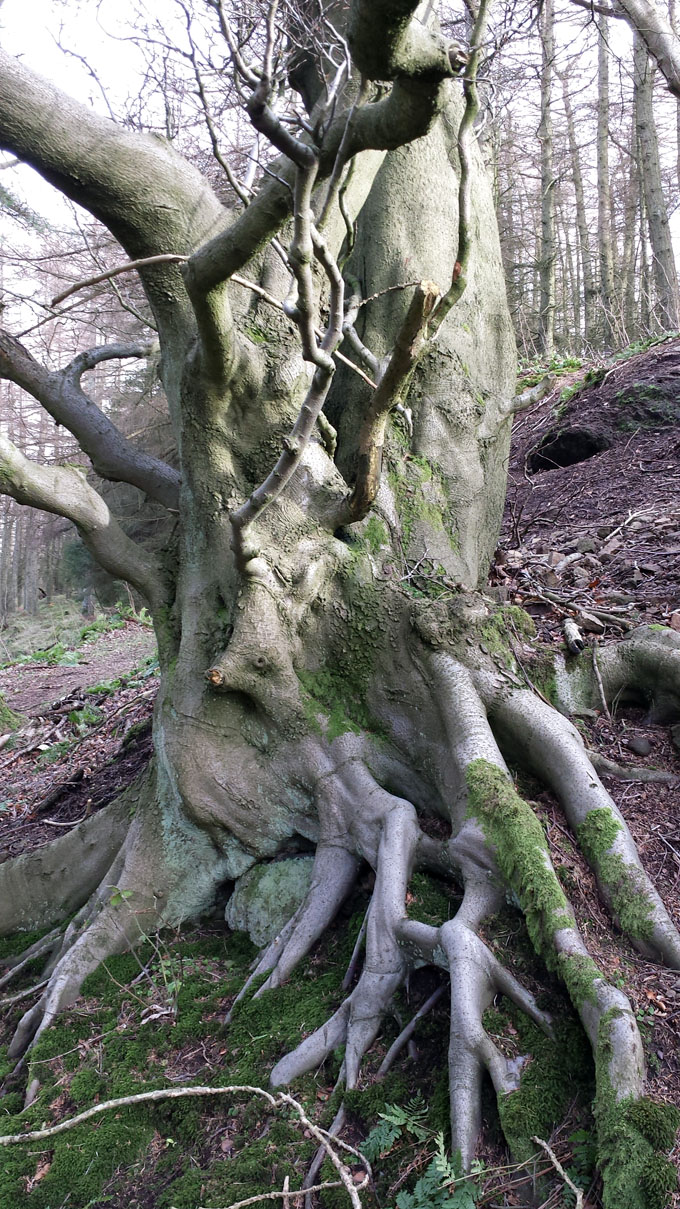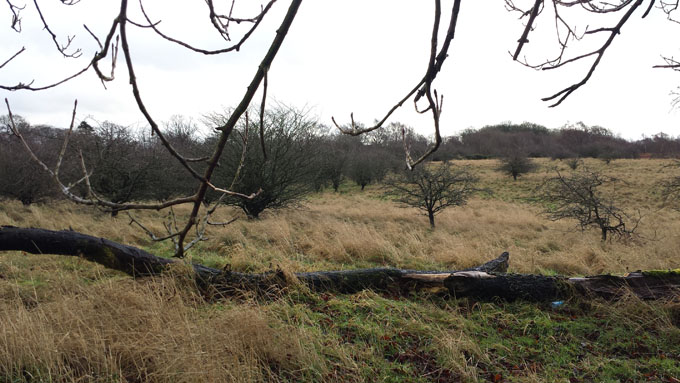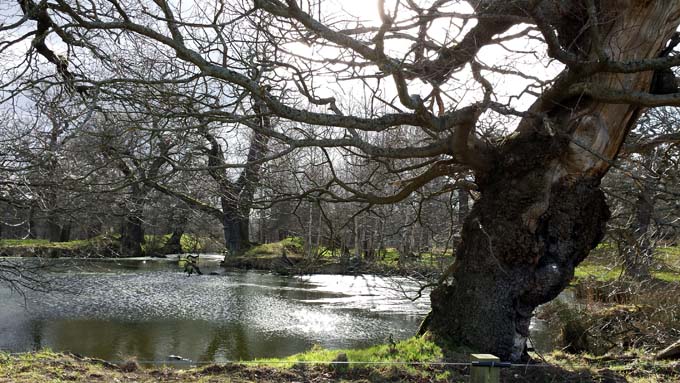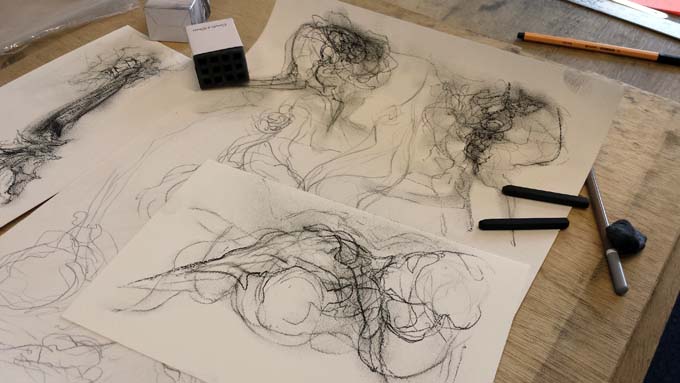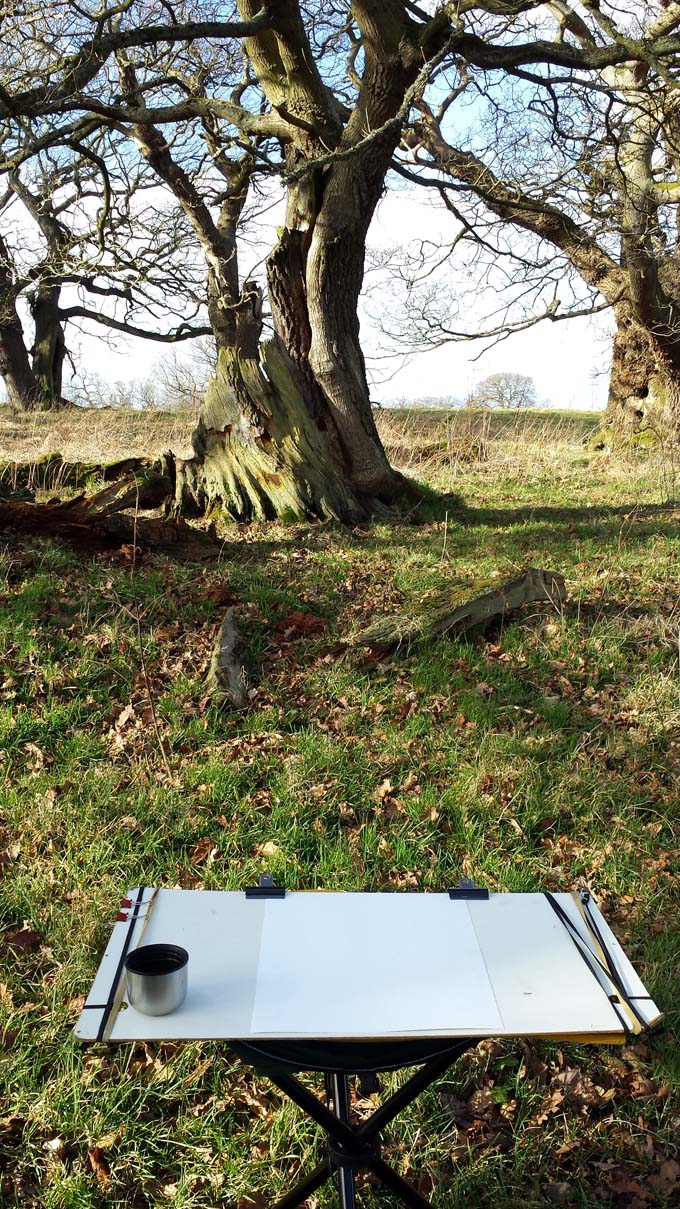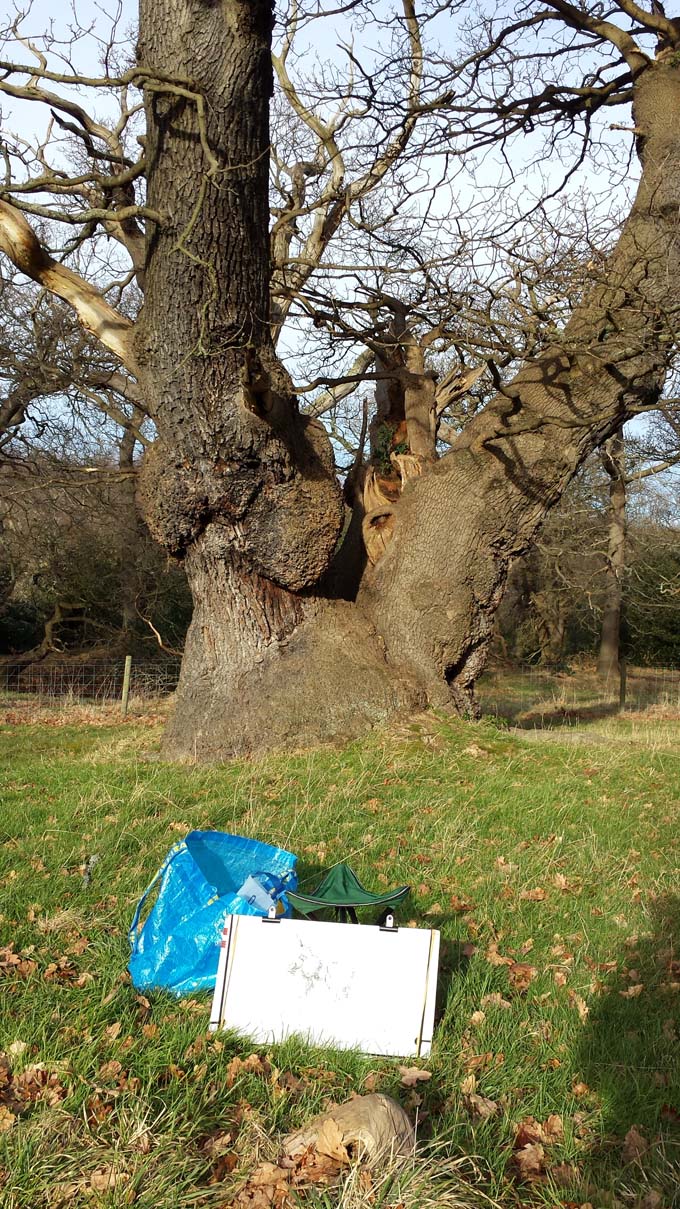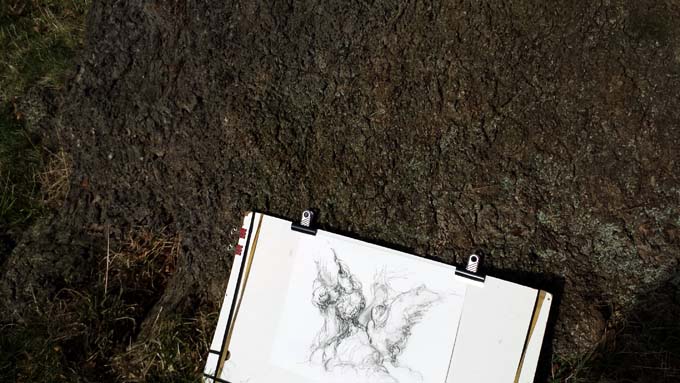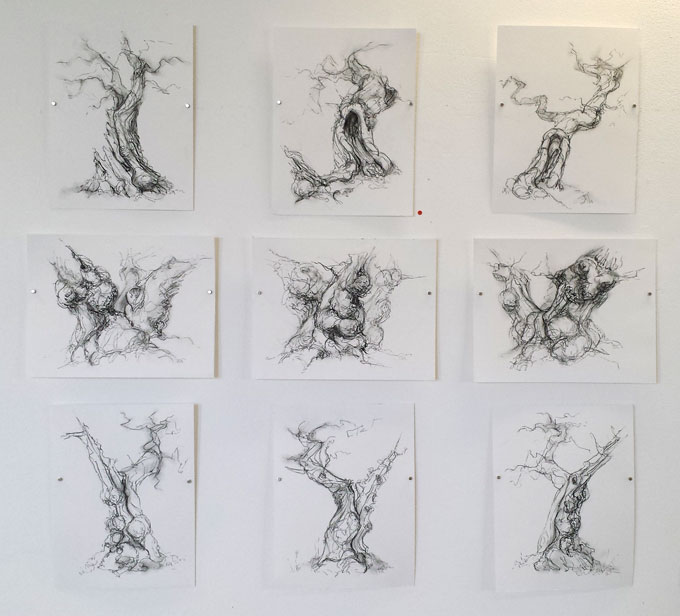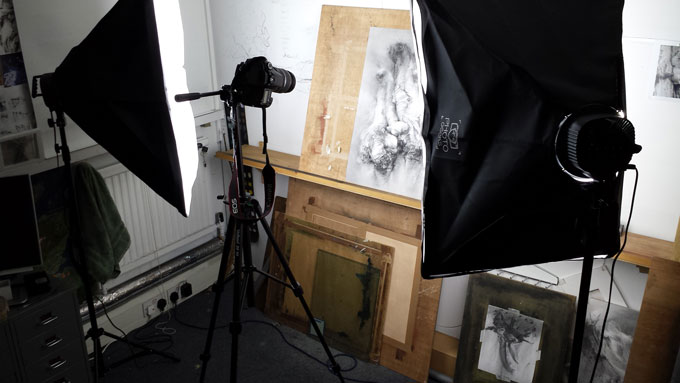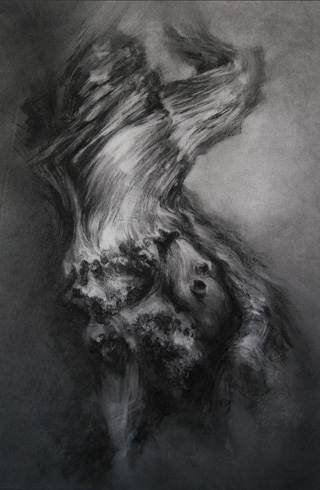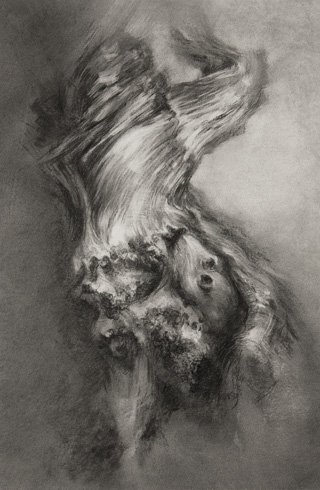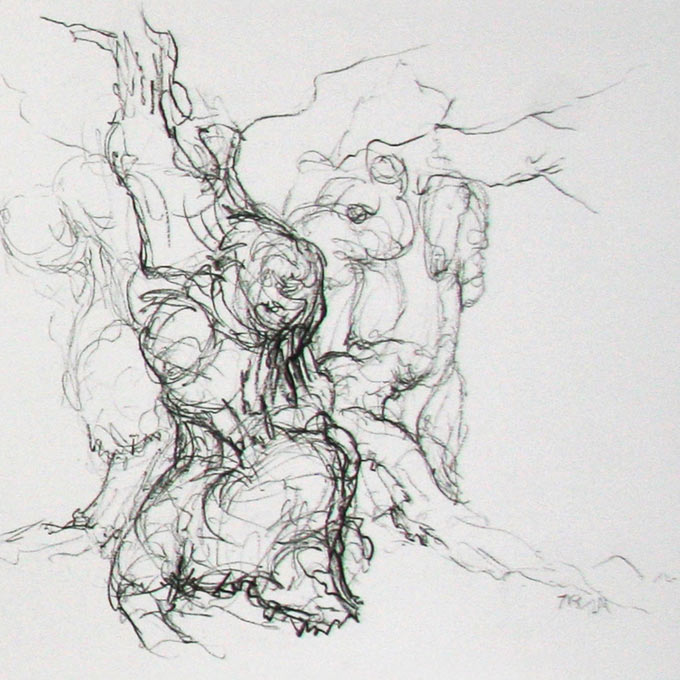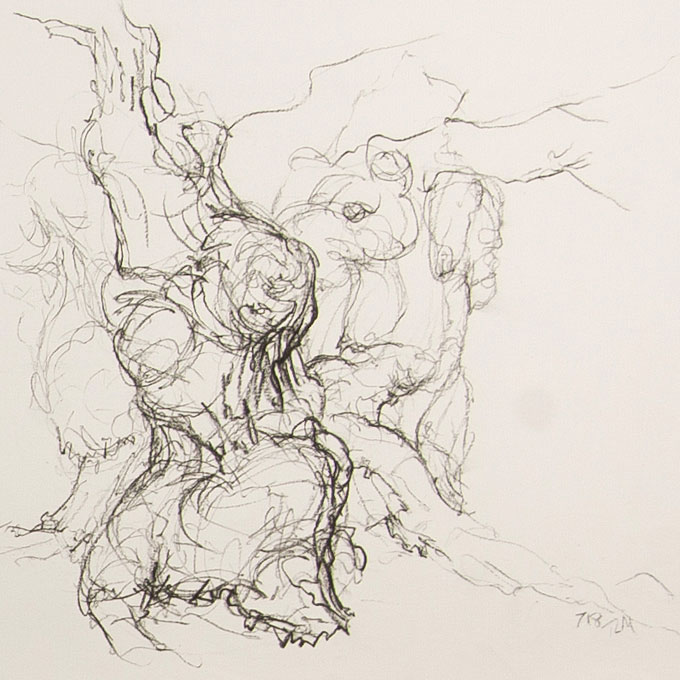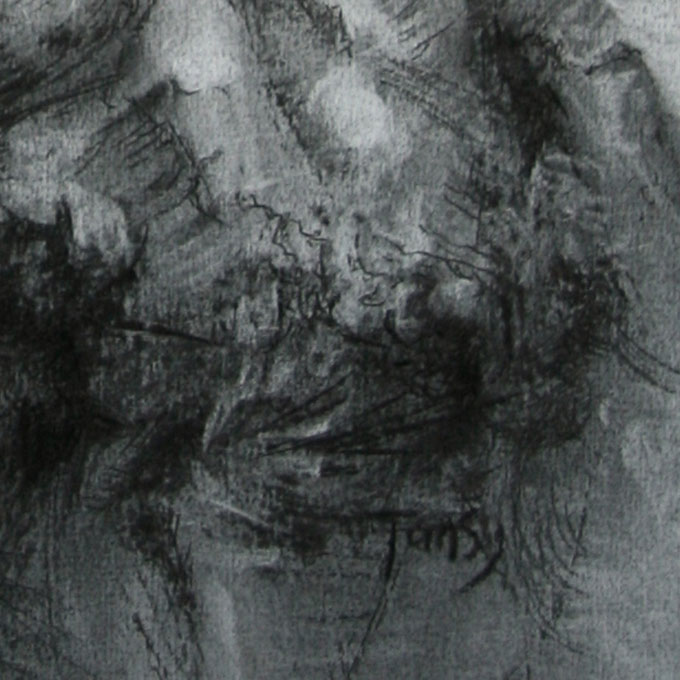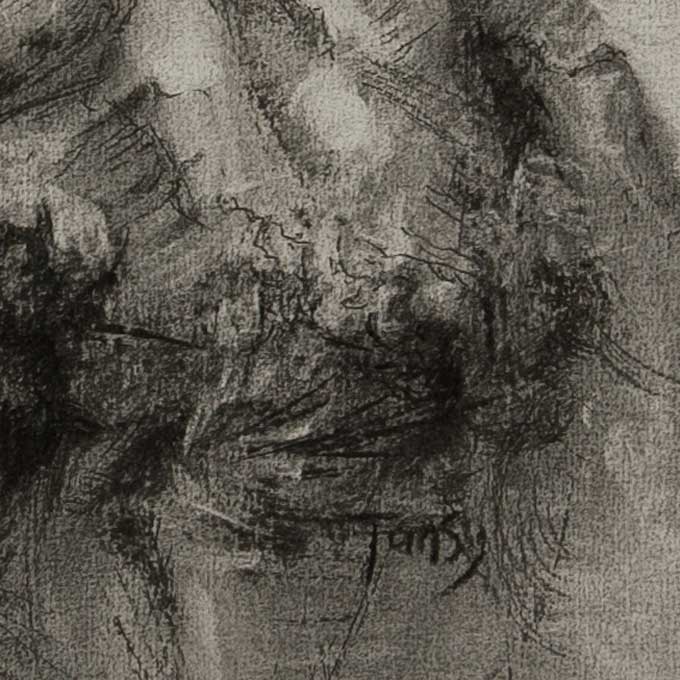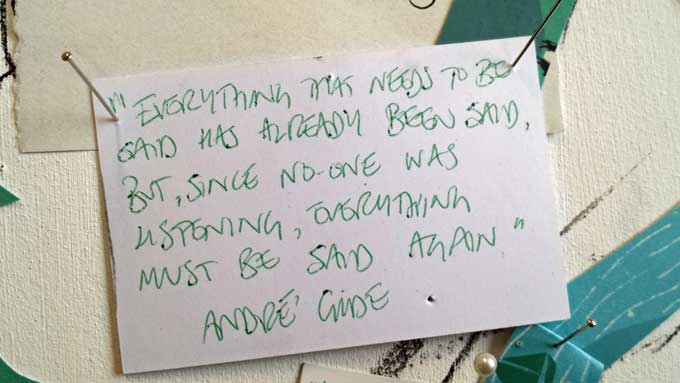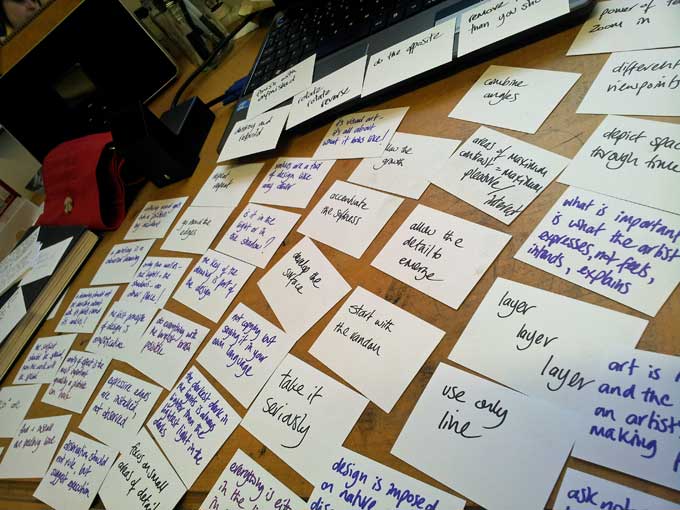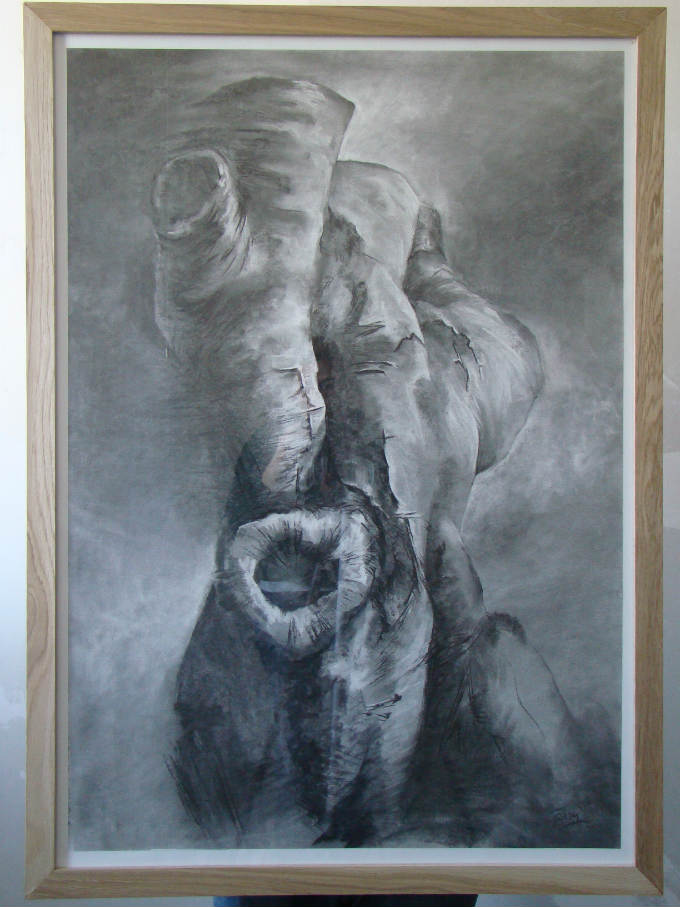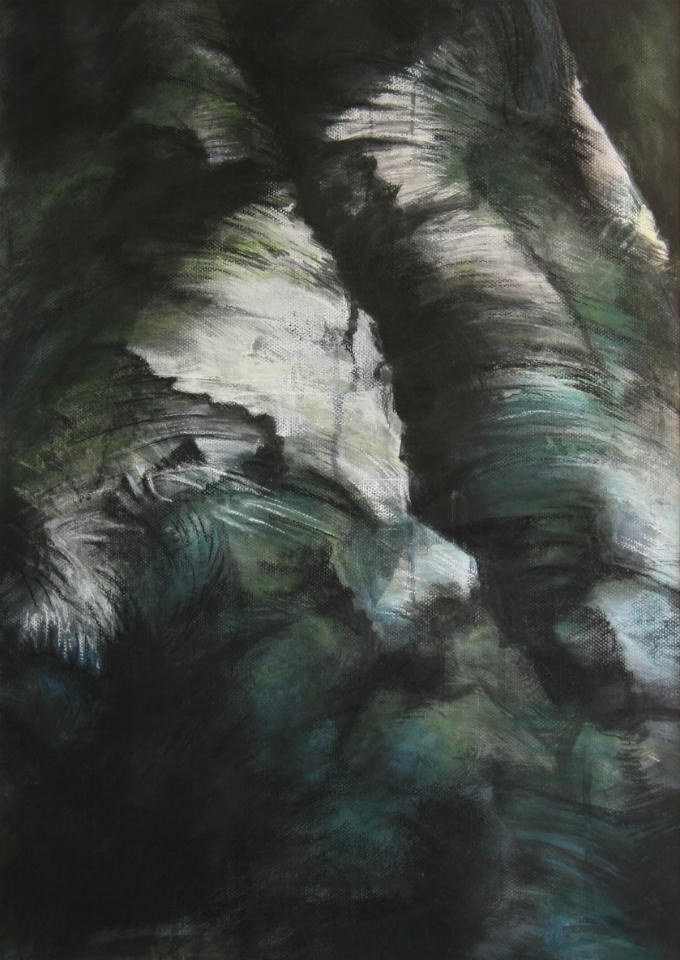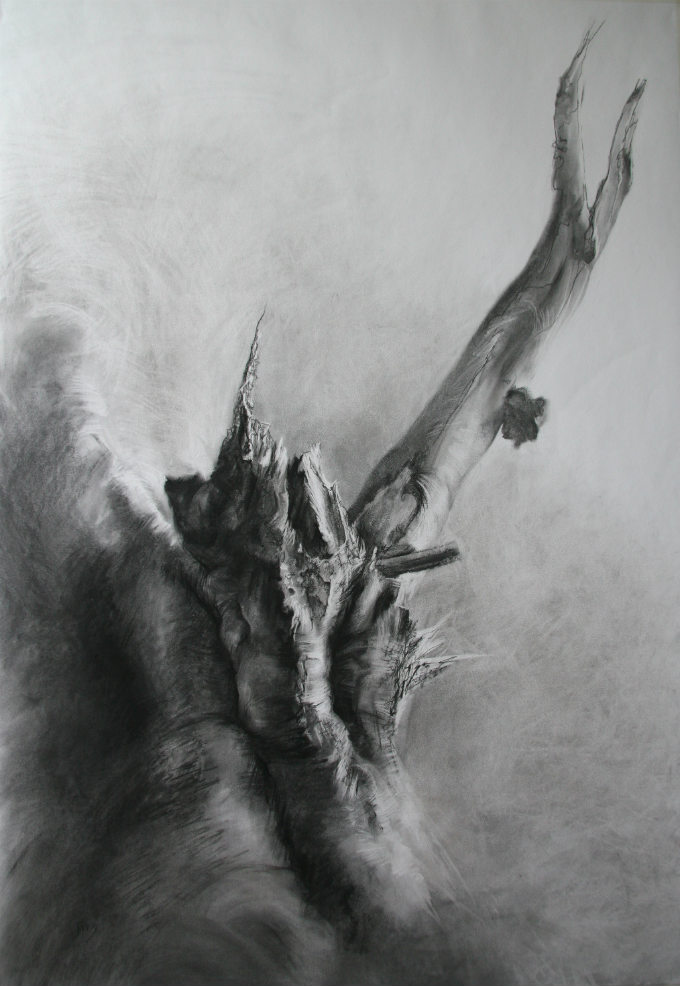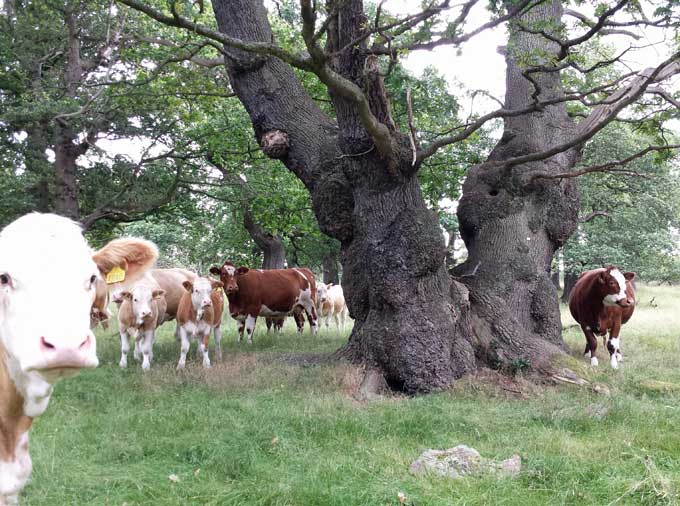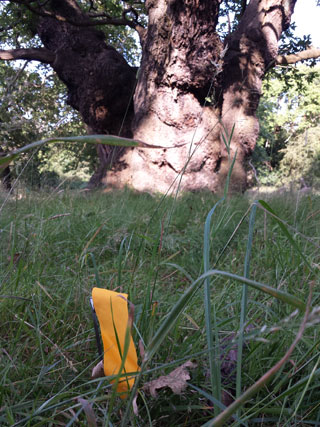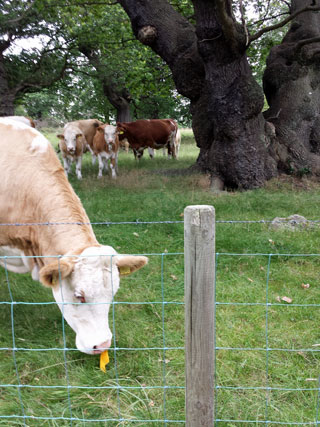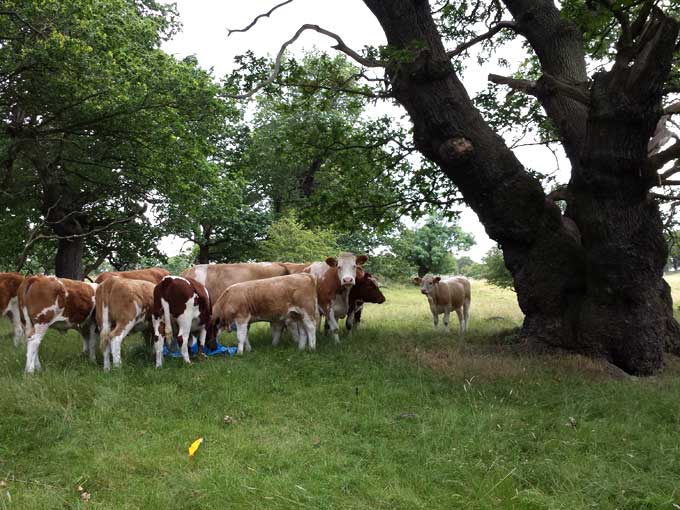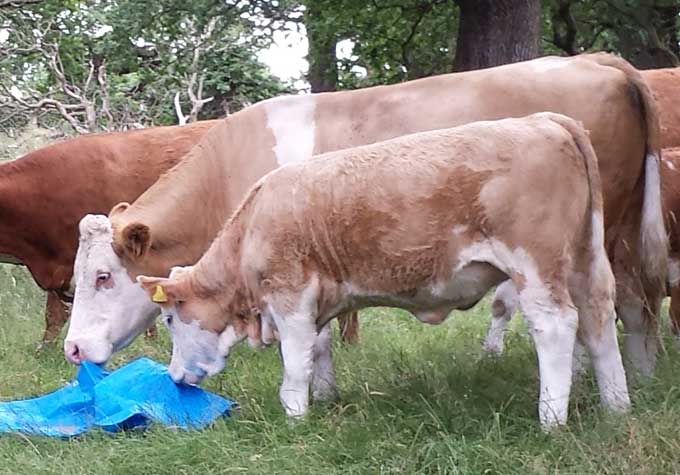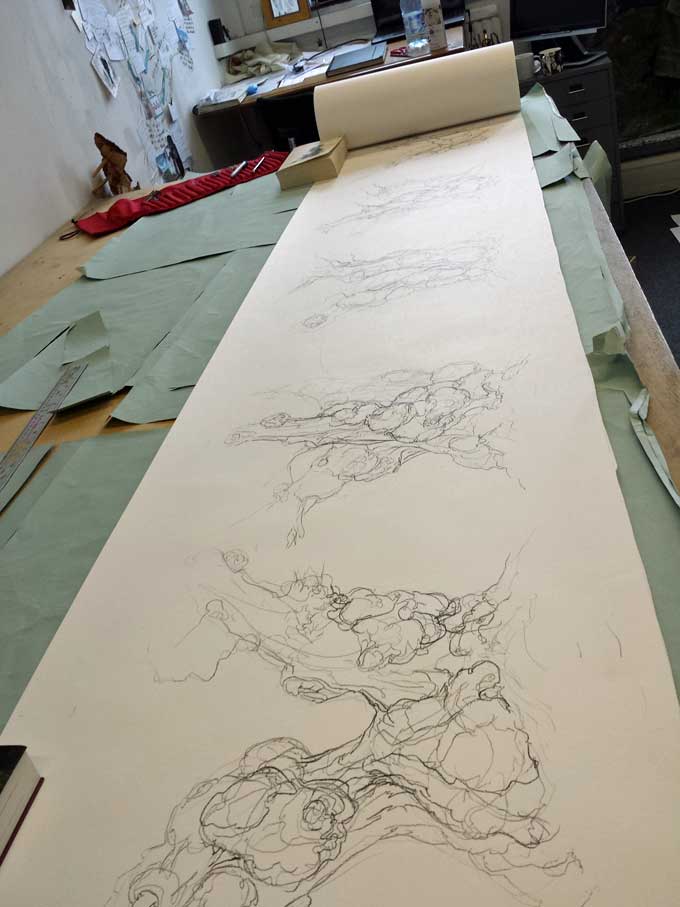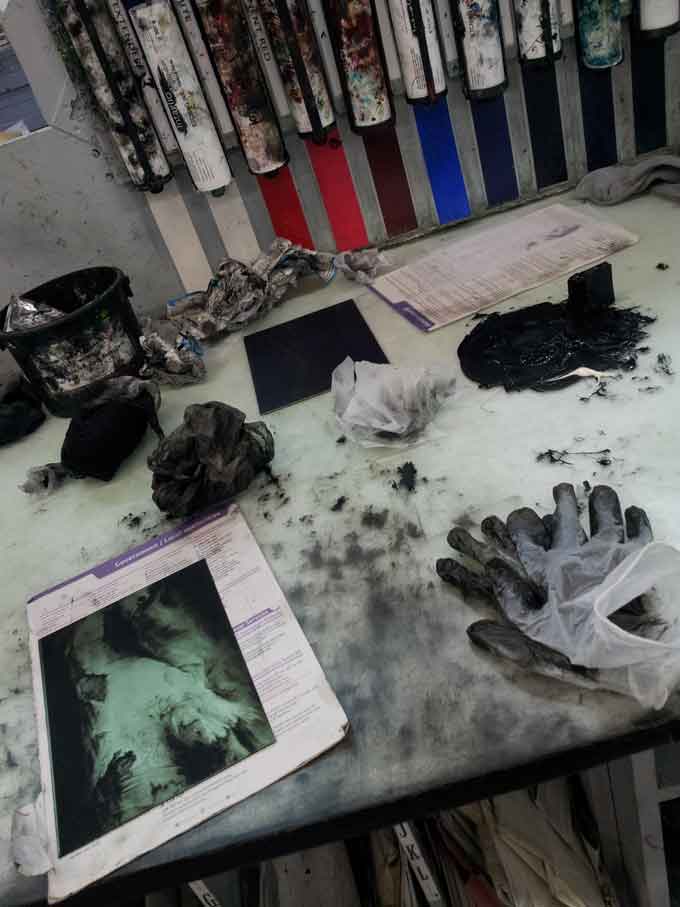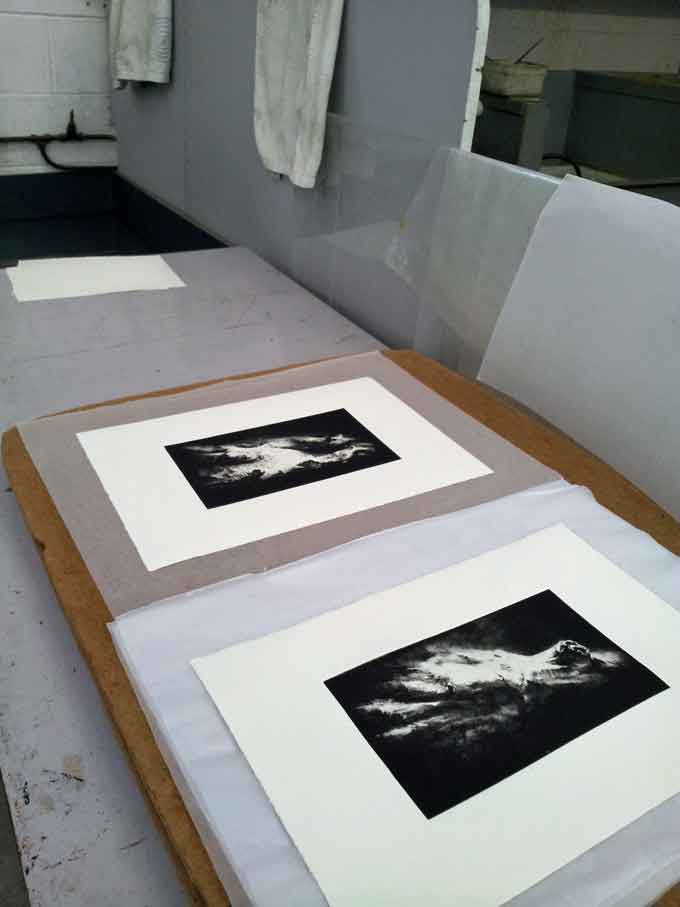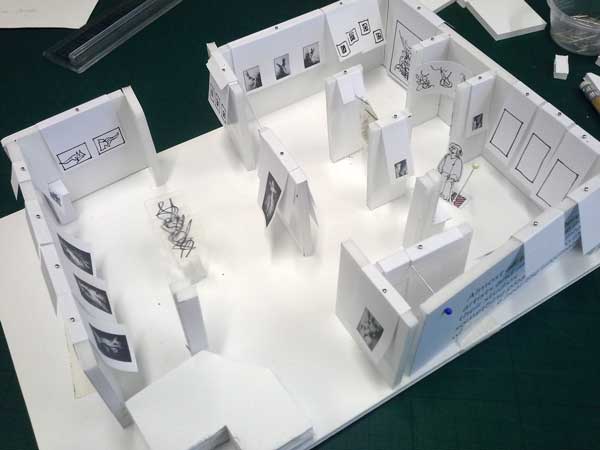Exhibitions take lots of time to plan, many months of work to make, publicity is written way ahead of opening, it’s all on a schedule. My current exhibition was over two years in the planning. Residencies also take time to organise and represent a great opportunity to take new directions. I love planning – I love thinking about the future, imagining what could happen and plotting out what shape that might take.
My studio year planner gives some much-needed structure to an essentially open ended creative process. But it doesn’t matter where you put the coloured dots or how you block in the days you expect to be productive or when you confidently predict an outcome, because sometimes life chucks stuff in the way of your plans, pushes you off your expected course or gets you stuck in a place you don’t want to be.
It’s easy to regard this as a failure – you didn’t do what you said you would, you didn’t follow through on your intentions. You have nothing to show for your time.
However, if what artists do is make in response to their experience of the world, then we should perhaps view it as an opportunity when unexpected events trip us up, rather than a problem. These new experiences are the raw materials for new work, new ways of thinking and responding. Change can be painful as well as positive though and old familiar ways are hard to let go of.
So that’s where I am right now. I’ve been tripped up. I’m not where I planned to be. Life has chucked some difficult stuff in my way but the good news is that I’m an artist so I can use it. Not really sure how yet but I know that’s what needs to happen next.
This is a form of tree is known as a ‘phoenix tree’ – at some time in its life on the Longshaw moors it has blown down but, because some of its root plate remains in contact with the ground, it has continued to grow from its new horizontal position. It’s stable and apparently thriving, just in a new phase of life…

